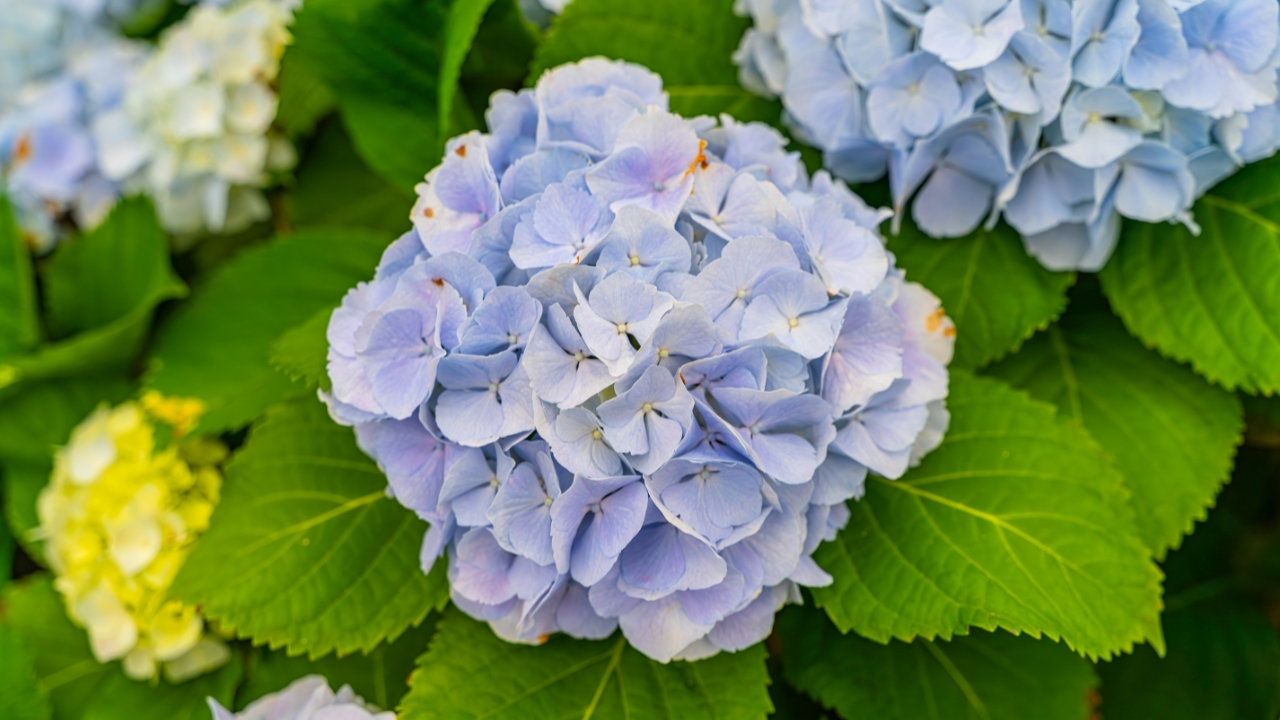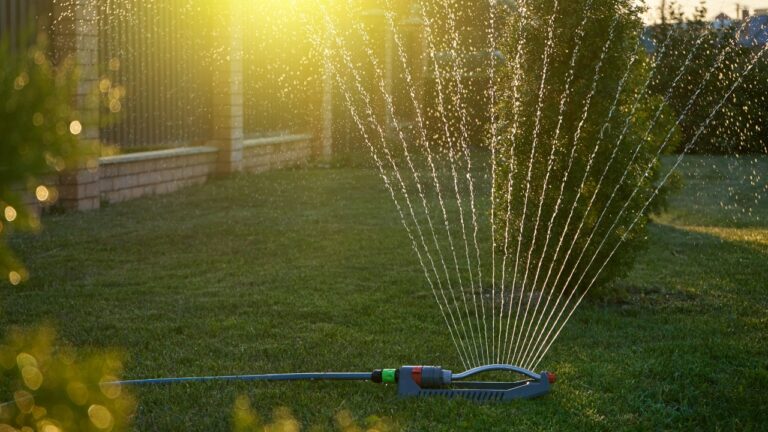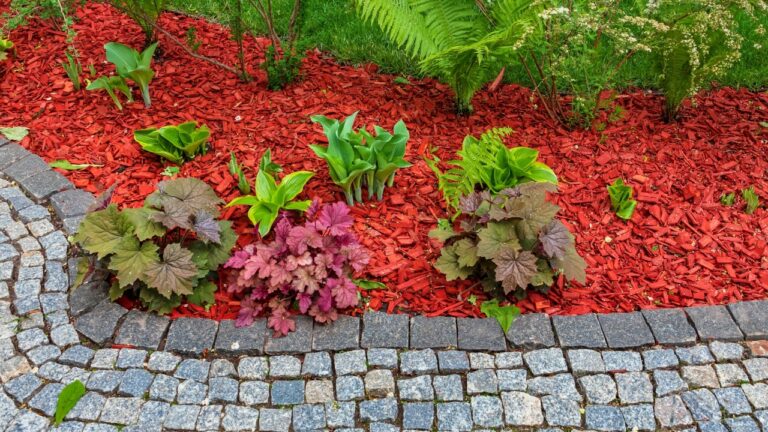10 Popular Plants That Are a Nightmare to Maintain
Some plants look gorgeous in the garden center or in Pinterest photos, but once they’re in your yard, it’s a different story. High-maintenance plants can eat up your time, money, and patience—especially when they require constant pruning, attract pests, or never seem to thrive without babying.
Before you fill your beds with what’s trending, it’s worth knowing which plants come with strings attached. These are the ones that look great upfront but often turn into ongoing chores once they’re in the ground.
Wisteria
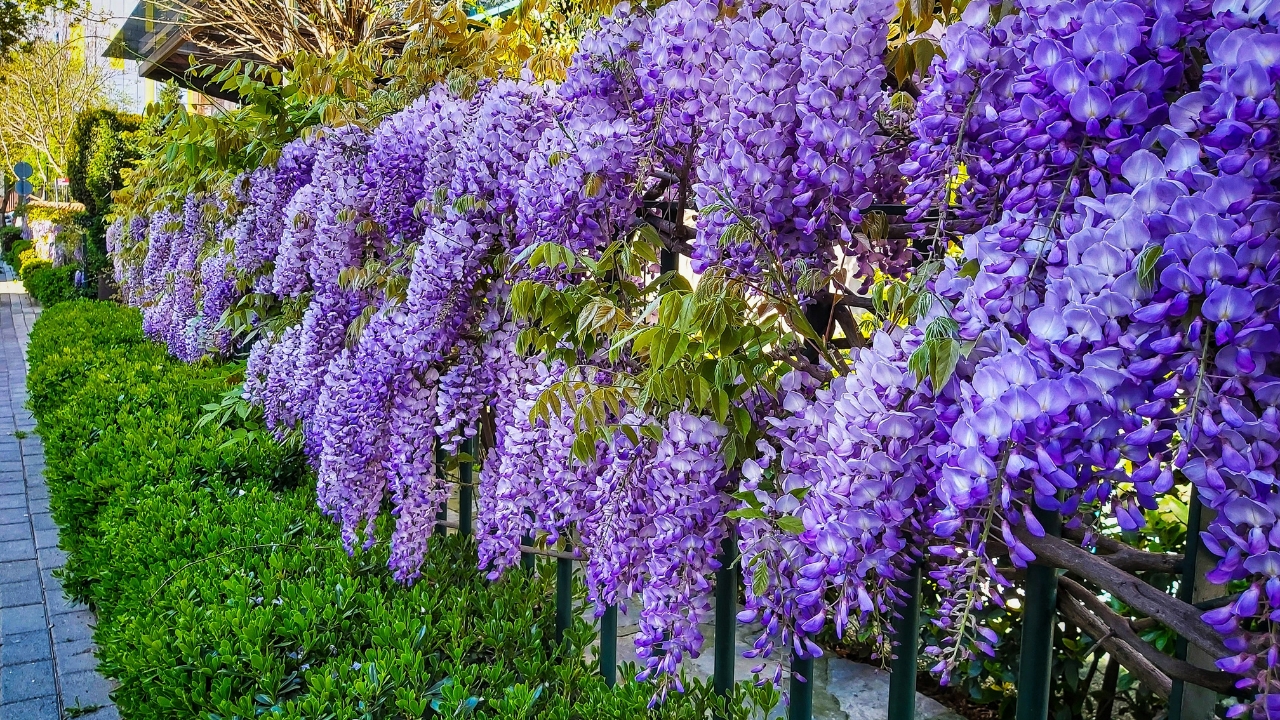
Wisteria looks dreamy when it’s in bloom, but it doesn’t stay that way for long. The flowers are short-lived, and once they drop, you’re left cleaning up piles of petals and sticky seed pods.
Even worse, it grows aggressively. Without constant pruning, it’ll take over fences, trees, and anything in its path. It’s beautiful—but it’s the kind of plant that turns into a full-time job if you don’t stay on top of it.
Bamboo

Bamboo gives a fast privacy screen, but it spreads like wildfire. Even the clumping varieties can get out of hand if they’re not properly contained. Once it gets into the wrong spot, digging it out is a nightmare.
People plant it thinking they’ve found a quick fix, then end up fighting to control it for years. Root barriers help, but if you don’t install them correctly, the bamboo will still find a way.
English Ivy
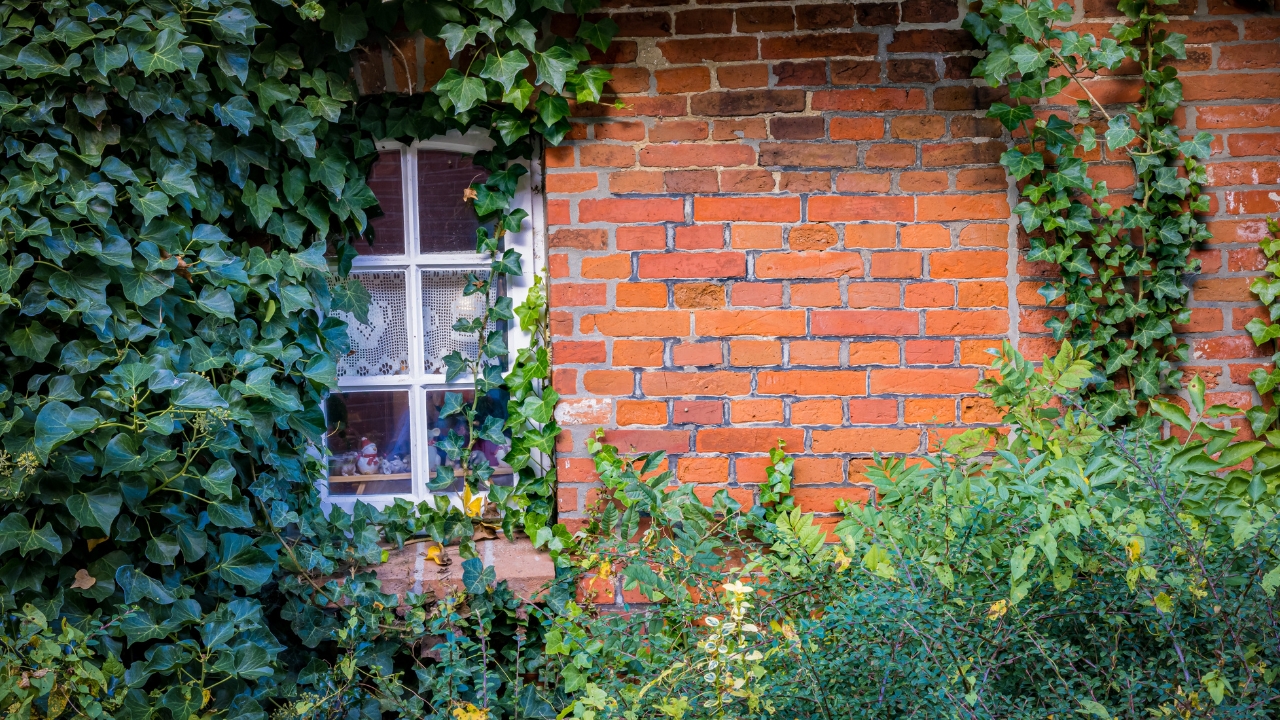
English ivy might seem like an easy groundcover, but it quickly turns invasive. It’ll choke out native plants, damage brick and wood, and climb where it doesn’t belong. Once it’s in, it’s hard to get rid of.
It also harbors pests and holds moisture against structures, which can lead to rot or mold. If you don’t want to be pulling ivy out year after year, it’s best to avoid planting it altogether.
Japanese Barberry

This shrub is known for its deep red leaves and tidy shape, but it comes with a long list of problems. It spreads aggressively and has sharp thorns that make pruning a pain.
It’s also been banned in some states because it encourages tick populations. If you’ve got kids or pets, this isn’t something you want them brushing up against. There are better-looking shrubs that are easier to live with.
Rose Bushes
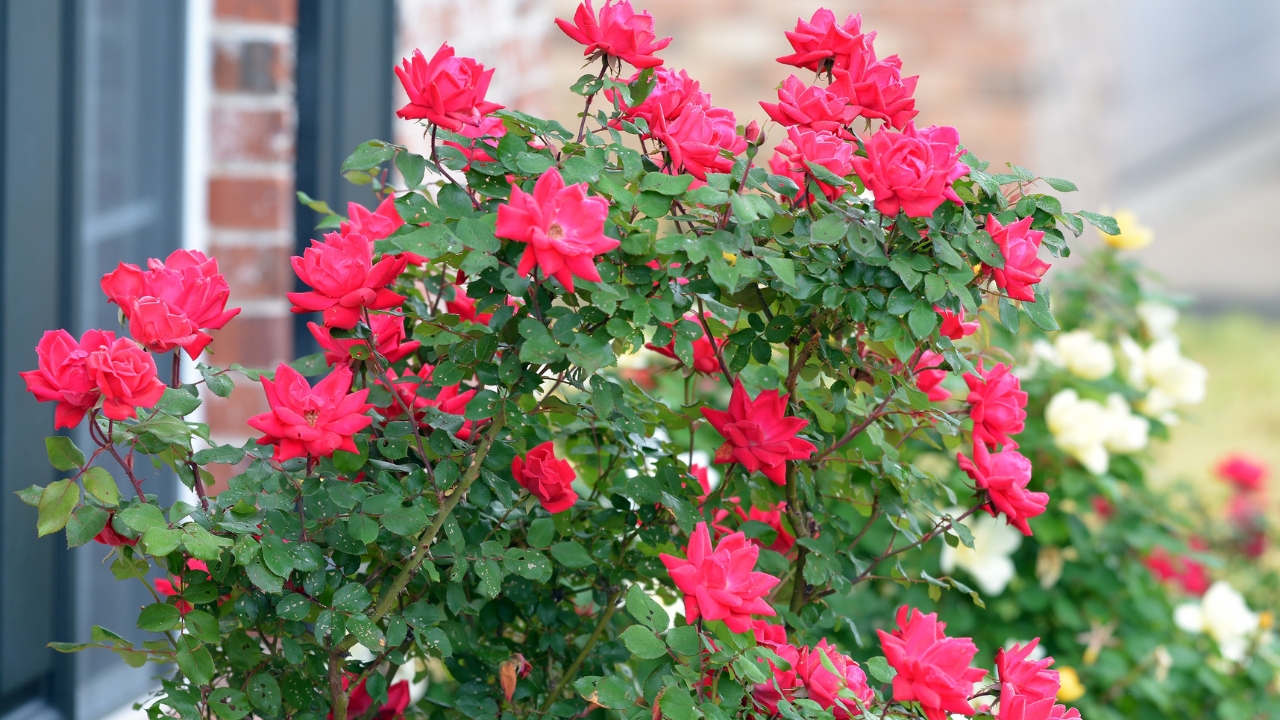
Traditional roses might be pretty, but they’re not for the faint of heart. They need regular pruning, constant feeding, and a close eye for pests like aphids and black spot fungus.
Many homeowners end up frustrated because their roses never look like the catalog photos. If you don’t have the time to baby them, they’re more stress than they’re worth. Some newer varieties are easier, but the classics still require a lot of upkeep.
Boxwood

Boxwoods are a go-to for structured landscaping, but they’ve got their issues. They’re prone to blight and can suffer in extreme heat or humidity. Once they get sick, it spreads fast and is hard to treat.
They also need frequent shaping to stay tidy. Skipping a few trims can leave them looking ragged or lopsided. If you’re not up for the routine, they quickly lose that polished look people plant them for.
Morning Glory
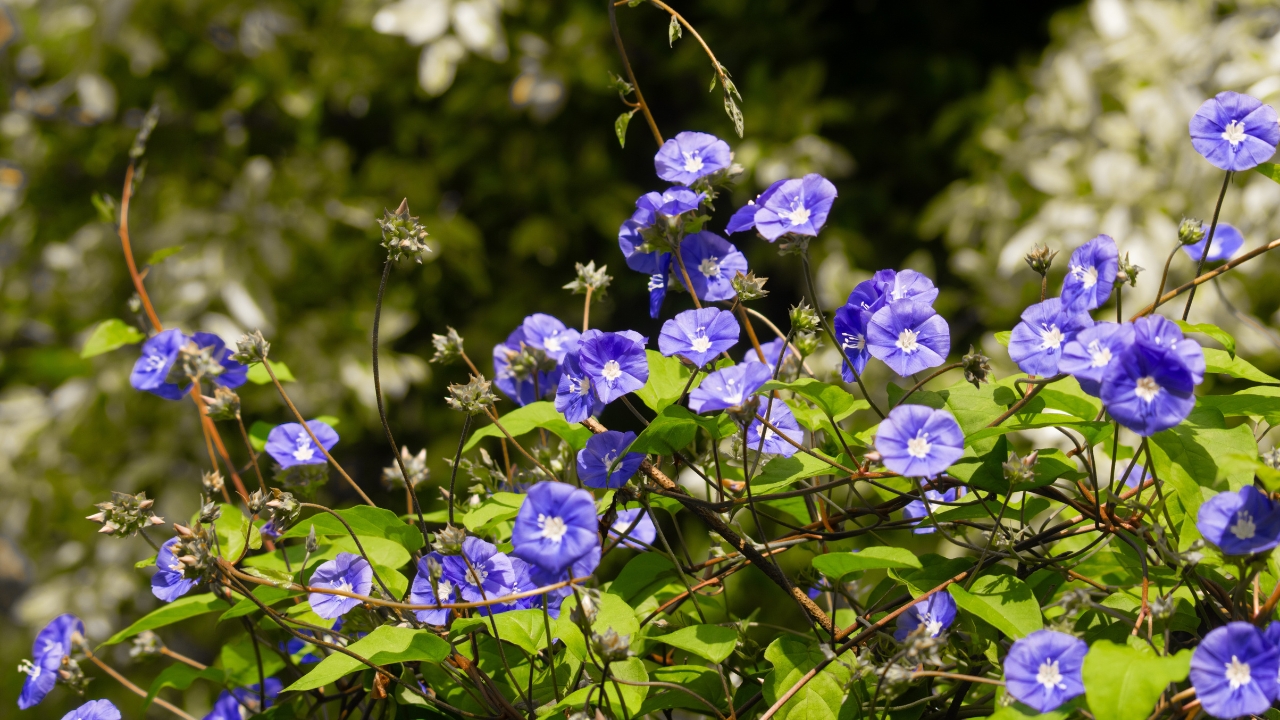
Morning glories look harmless and pretty at first, but they’re incredibly fast growers. Once they’re established, they reseed aggressively and show up everywhere you don’t want them.
They wrap around other plants, fences, and anything else in reach. Controlling them takes constant attention, and by the time you realize they’ve taken over, it’s a major project to pull them all out.
Hydrangeas
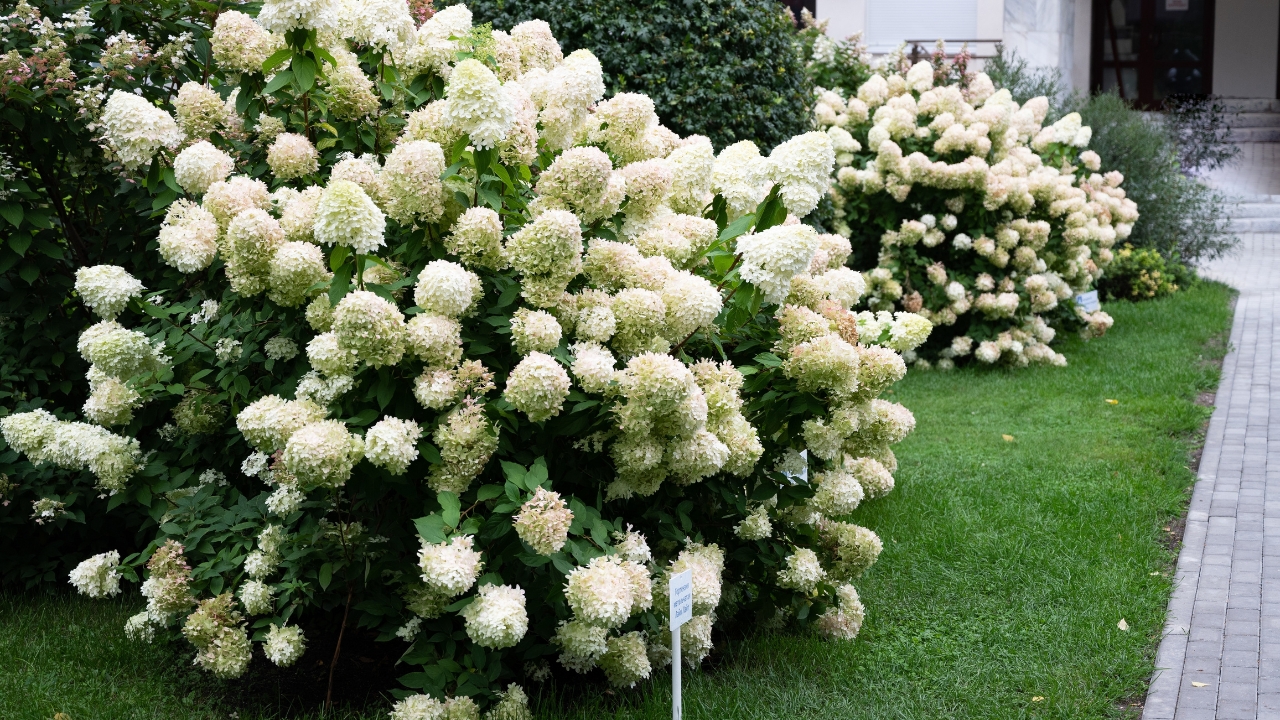
Hydrangeas are popular for their big blooms, but keeping them healthy isn’t as easy as it looks. They need just the right amount of water, sun, and pruning based on variety—and getting any of that wrong can mean no flowers at all.
They also wilt quickly in heat, which leaves a lot of people feeling like they’ve failed even when they haven’t. For all the fuss, the payoff can be hit or miss unless you’re willing to learn exactly how to care for them.
Oleander

Oleander is drought-tolerant and blooms a lot, but it’s also one of the most toxic plants around. Every part of it—from leaves to flowers—is poisonous to kids, pets, and livestock.
It also tends to grow large and unruly if you don’t keep it pruned, and trimming it means you’ve got to handle it carefully. It’s one of those plants that can work in the right spot, but for most families, the risks outweigh the benefits.
Mimosa Tree

Mimosa trees have feathery flowers and a tropical look, but they’re short-lived and messy. They drop seed pods, flowers, and leaves constantly, and the shallow roots can damage nearby structures.
They’re also prone to disease and don’t hold up well to storms or cold snaps. A lot of people end up cutting them down within a few years of planting them. It’s a fast grower—but not a lasting one.
*This article was developed with AI-powered tools and has been carefully reviewed by our editors.

